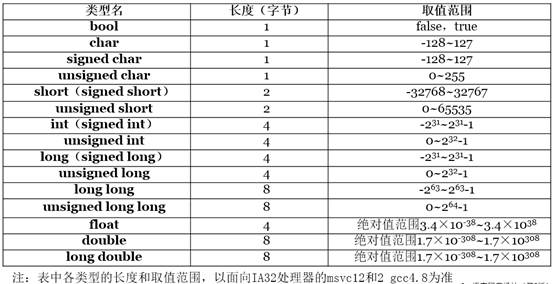I want to create an app that can receive and process motion updates in order to understand if the user is stationary, walking, running or is on a transport.
I've seen on the reference that CMMotionActivityManager can be useful for me.
The CMMotionActivityManager class provides access to the motion data stored by a device. Motion data reflects whether the user is walking, running, in a vehicle, or stationary for periods of time.
I'm new to app developing and I don't understand how to use the method for starting the updating.
The method for doing this is - (void)startActivityUpdatesToQueue:(NSOperationQueue *)queue withHandler:(CMMotionActivityHandler)handler.
I don't understand what should i write on handler because the reference says:
handler
The block to execute when a change in the current type of motion is detected. For information about the parameters of this block, see CMMotionActivityHandler. This property must not be nil.
My implementation is:
- (IBAction)startButtonPressed:(id)sender {
_motionActivityManager = [[CMMotionActivityManager alloc] init];
[_motionActivityManager startActivityUpdatesToQueue:NSOperationQueueDefaultMaxConcurrentOperationCount withHandler:CMMotionActivityHandler];
}
I've already imported the CoreMotion framework
But XCode don't recognize CMMotionActivityHandler, where am I wrong? How can I resolve this problem?
Thanks
Sample Code :
[_motionActivityManager startActivityUpdatesToQueue:[[NSOperationQueue alloc] init]
withHandler:
^(CMMotionActivity *activity) {
dispatch_async(dispatch_get_main_queue(), ^{
if ([activity walking]) {
NSLog(@"walking");
}
});
}];
The highest voted version of this answer is a bit roundabout. It creates a queue, but then uses GCD to execute back on the main queue. Also, many examples put a block within the withHandler parameter, but I find that clunky and doesn't look as clean (from a code formatting perspective).
Here's my example implementation:
@implementation MotionHandler {
@private
// this is a private variable for this class that is not visible outside
// (also, iOS handles memory and access management of these faster than properties)
CMMotionActivityManager *_motionActivityManager;
}
// initialization method, you can do other stuff here too
- (instancetype)init {
self = [super init];
if (self) {
// check to see if the device can handle motion activity
if ([CMMotionActivityManager isActivityAvailable]) {
// if so, initialize the activity manager
_motionActivityManager = [[CMMotionActivityManager alloc] init];
}
}
}
- (void)startMotionActivityMonitoring {
// create the motion activity handler
CMMotionActivityHandler motionActivityHandler = ^(CMMotionActivity *activity) {
// TODO motion detected here. Do something.
}
// check to see if the motion activity manager exists
if (_motionActivityManager) {
// if so, start monitoring activity
// notice that we add updates to the mainQueue. This will call your handler on the main thread
[_motionActivityManager startActivityUpdatesToQueue:[NSOperationQueue mainQueue] withHandler:motionActivityHandler];
}
}
@end
Swift 2.0
_motionActivityManager = CMMotionActivityManager()
_motionActivityManager.startActivityUpdatesToQueue(NSOperationQueue.mainQueue())
{
// CMMotionActivity
activity in
// do your logic here
}
//check if availasble on device
BOOL b= [CMMotionActivityManager isActivityAvailable];;
motionActivityManager=[[CMMotionActivityManager alloc]init];
//register for coremotion notification
[motionActivityManager startActivityUpdatesToQueue:[NSOperationQueue mainQueue] withHandler:^(CMMotionActivity *activity) {
NSLog(@"Got a core motion update");
NSLog(@"Current activity date is %f",activity.timestamp);
NSLog(@"Current activity confidence from a scale of 0 to 2 - 2 being best- is: %ld",activity.confidence);
NSLog(@"Current activity type is unknown: %i",activity.unknown);
NSLog(@"Current activity type is stationary: %i",activity.stationary);
NSLog(@"Current activity type is walking: %i",activity.walking);
NSLog(@"Current activity type is running: %i",activity.running);
NSLog(@"Current activity type is cycling: %i",activity.cycling);
NSLog(@"Current activity type is automotive: %i",activity.automotive);
}];
Please check on device



